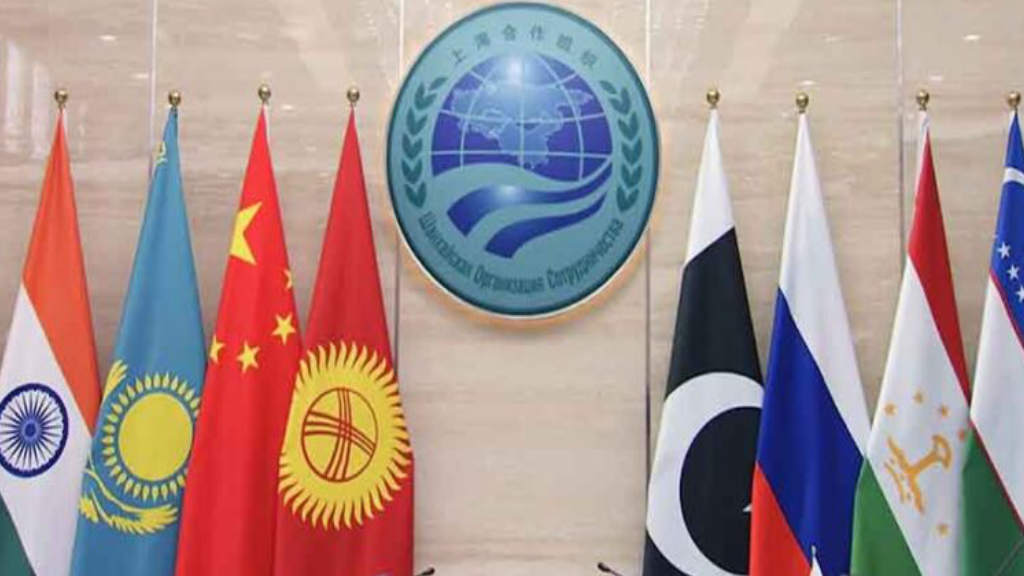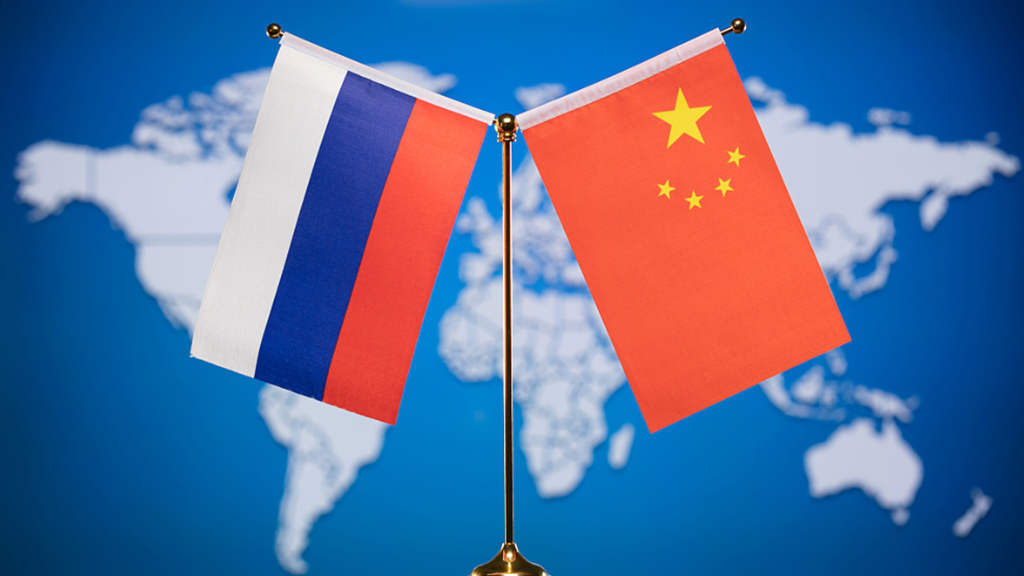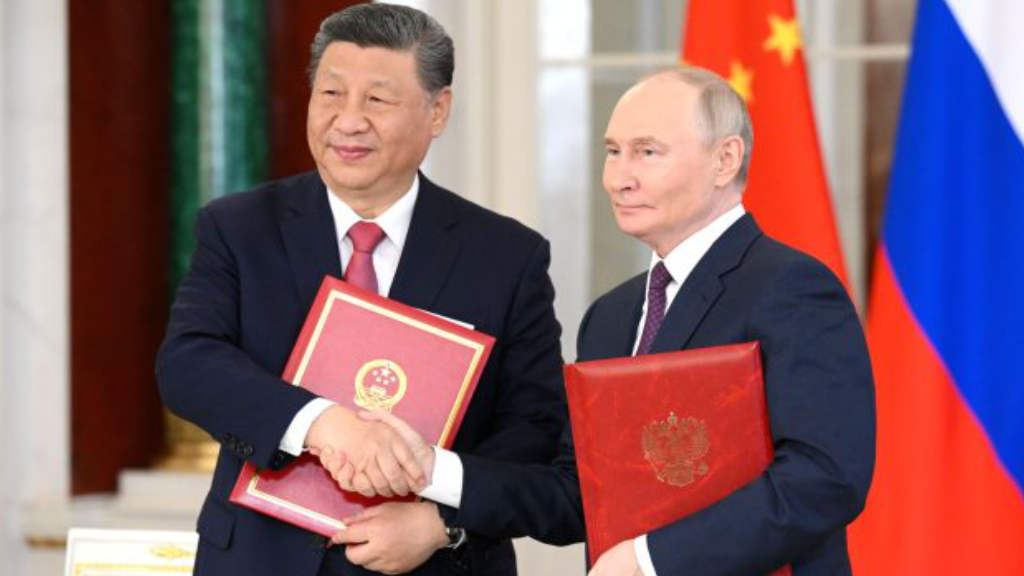Malaysian Prime Minister Anwar Ibrahim has sent an application for BRICS membership to Russia, which is currently holding BRICS presidency, he said, stating that “Malaysia has sent a letter of application to join the BRICS to Russia, expressing openness to participate as a member country or strategic partner.”
On Sunday, (July 28) Ibrahim met with visiting Russian Foreign Minister Sergey Lavrov, who has been in Asia attending ASEAN meetings. Malaysia is a founding member of ASEAN. According to Ibrahim, the conversation focused on Malaysia’s application to join BRICS, which, in his words, will have a considerable potential for both sides. Ibrahim and Lavrov also discussed the current situation in Palestine, with Malaysia emphasizing the urgent need for a permanent ceasefire and rapid humanitarian aid in Gaza, as well as Palestine’s acceptance as a full member of the United Nations. Regarding Ukraine, Anwar also called for dialogue and discussion as the means to resolve the conflict.
Lavrov said that as Russia is currently holding the BRICS Presidency, Moscow will help Kuala Lumpur promote its interest to the partnership with the association.
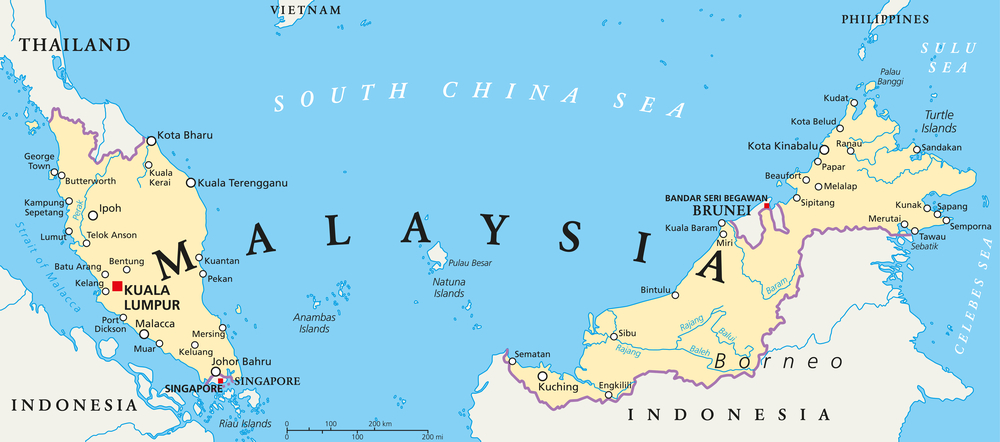
Malaysia remains a key importer of Russian agricultural products, bringing in grains, oilseeds, meat, and dairy products. In return, Russia receives palm oil, rice, and fruits from Malaysia. Energy resources, primarily oil and gas, along with metals and chemical products, form the crux of exports from Russia to Malaysia.
Malaysia reciprocates with exports of cars, electronics, rubber, and palm oil. Trade in agricultural products and food between Russia and Malaysia saw an 18% uptick in 2022. Russia’s agricultural product exports to Malaysia totaled US$620 million. Russia is also interested in exporting Malaysian high-tech equipment.
Malaysia is also one of Asia’s largest semiconductor exporters with an annual volume of US$8.7 billion. The electronics sector contributes almost 6% of Malaysia’s GDP. The Russian market is also interested in medical products, and medical equipment, in particular in dentistry. Around 31-32% of Malaysian exports to Russia are electronic goods. Malaysia has a developed auto industry, in particular the Proton and Perodua brands. In 2022, the country produced more than 700,000 cars – more than Russia.
Given the flight of Western companies from the Russian market the latter is now more open to the influx of Malaysian cars. This fits into the overall shift that is taking place in Russia since early 2022 – Asian car brands are becoming increasingly attractive to Russian customers.
Russian and Malaysian companies have now increasingly been switching to payments in Chinese yuan, dirhams, and other currencies. Yet for this mechanism to work, there must be common elements between participating states. Among the most important elements is the issue of determining the volume of trade and investment, which should be significant for payments in non-dollar currencies to be effective.
Looking ahead Russia and Malaysia will remain cooperative. Yet Russia still is not central to Malaysia. Indeed, currently, about 71% of Malaysian exports go to Asian countries, 13% to North America, and only about 9% to Europe. The Russian market is peripheral, although it is growing. For Russia, the bilateral ties are mostly trade-focused, while Russian investments in Malaysia are negligible. Geographic constraints and international geopolitical conditions do interfere in normal development as Malaysia strives to avoid incurring secondary Western sanctions.
But there is good news. Russia ranked as Malaysia’s eighth largest trading partner among European countries in 2023. Total bilateral trade increased by 15.6% to US$3.1 billion, compared with US$2.79 billion in 2022, according to Malaysia’s Foreign Ministry.
Lavrov also stated that both sides recognise more can be done, saying that “We need to strengthen the legal (trade) framework. In May, we signed a double tax agreement, which will soon come into effect.” Trade can also be boosted in the Russian tourism and halal exports.
Both countries also recognize the need for deeper bilateral and EAEU-ASEAN cooperation. In this regard, there are still notable challenges to address, particularly relating to standards and adherence. ASEAN remains predominantly driven by trade motivations, not geopolitics. While there are administrative hurdles to overcome and trade discussions to finalize, the potential trade alliance between ASEAN and EAEU is a development that is emerging and will benefit both sides. Initiatives are being set in motion for the creation of fresh supply chains, with BRICS membership a key area in assisting with this development.
Further Reading
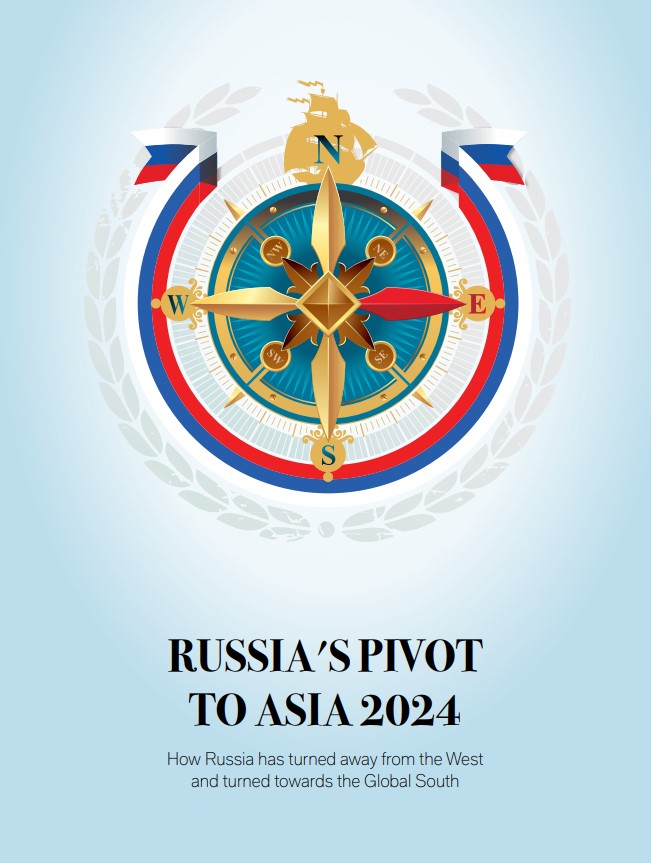
Russia-Malaysia 2024 Trade & Development
Russia’s trade and development with Malaysia and every ASEAN nation is extensively discussed in our 2024 Russia’s Pivot to Asia PDF guide. This is a complimentary download and can be accessed in English here and Russian here.


